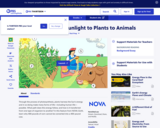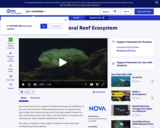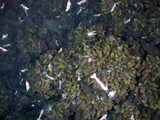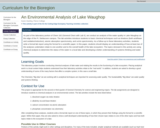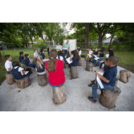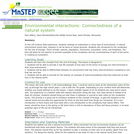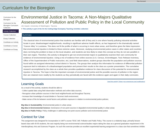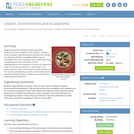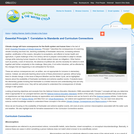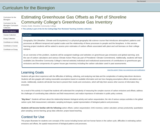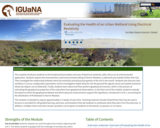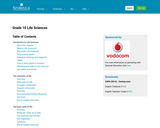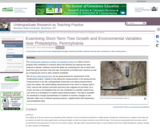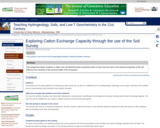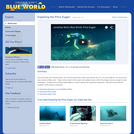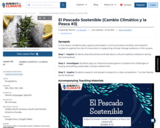
SYNOPSIS: In this lesson, students play a game, participate in communicative activities, and research recipes to explore the role of consumers in supporting climate change resilience in the oceans.
SCIENTIST NOTES: Many people use fish as their primary source of protein. But climate change is hurting fish populations and the people who need them. This lesson has passed our scientific review process.
Muchas personas utilizan el pescado como fuente principal de proteínas. Pero el cambio climático está perjudicando a las poblaciones de peces y a las personas que los necesitan. Esta lección ha pasado nuestro proceso de revisión científica.
POSITIVES:
-Students participate in a variety of communicative activities and are exposed to authentic resources from Spain and Latin America.
-The post-game reflection allows students to make personal connections to the ideas in this lesson and reflect on cultural and social justice themes.
-The recipe competition is motivating and allows for student voice and choice.
-Since most activities are completed independently, this lesson can be used for substitute plans.
ADDITIONAL PREREQUISITES:
-This is lesson 3 of 3 in our Cambio Climático y la Pesca unit.
-This lesson can be used as a standalone lesson or added to units on food, shopping, the environment, global challenges, science, technology, or contemporary life.
-Students with intermediate-low proficiency will be able to successfully navigate the activities in this lesson.
-Students should have a general familiarity with vocabulary and concepts related to climate change and fishing.
DIFFERENTIATION:
-As an alternative to the video in the Investigate section, teachers can print out MarViva's Guía de Trazabilidad and place the pages around the room. Students can walk around the room and take notes on the recommendations in the guide.
-The teacher can project the game board and students can play the game as a class instead of in pairs or small groups.
-Students can create personalized lists of vocabulary with expressions from this lesson to practice on a platform like Quizlet.
-Students can create a local guide in Spanish about where to buy sustainable seafood or write an article in Spanish for the school newspaper.
-Advanced classes can begin the lesson by analyzing Pablo Neruda’s poem “Oda al Caldillo de Congrio” instead of describing the photos.
-After completing this lesson, AP Spanish Language and Culture students can record a two-minute cultural comparison using one of these prompts:
-¿Cómo ha afectado el cambio climático la vida de las personas en tu comunidad? ¿Qué hacen para expresar solidaridad los miembros de tu comunidad?
-¿Qué hábitos o actividades se consideran una expresión de los valores en tu comunidad? ¿Qué opinión tienen las personas en tu comunidad con respecto a los avances en la ciencia y la tecnología?
-¿Qué papel juegan las tradiciones de la comida en las familias de tu comunidad? ¿Qué importancia tiene el trabajo en el bienestar de las familias en tu comunidad?
-As a culminating activity for this three-lesson unit, the class can watch this Youth for Sea music video and then create their own version of the video or create graphics to go with the song.
-The class can come up with their own criteria, based on the lesson, for the competition “La Gran Receta de los Océanos.”
- Subject:
- Arts and Humanities
- Languages
- Material Type:
- Lesson Plan
- Provider:
- SubjectToClimate
- Author:
- Liz Ransom
- Date Added:
- 06/30/2023
